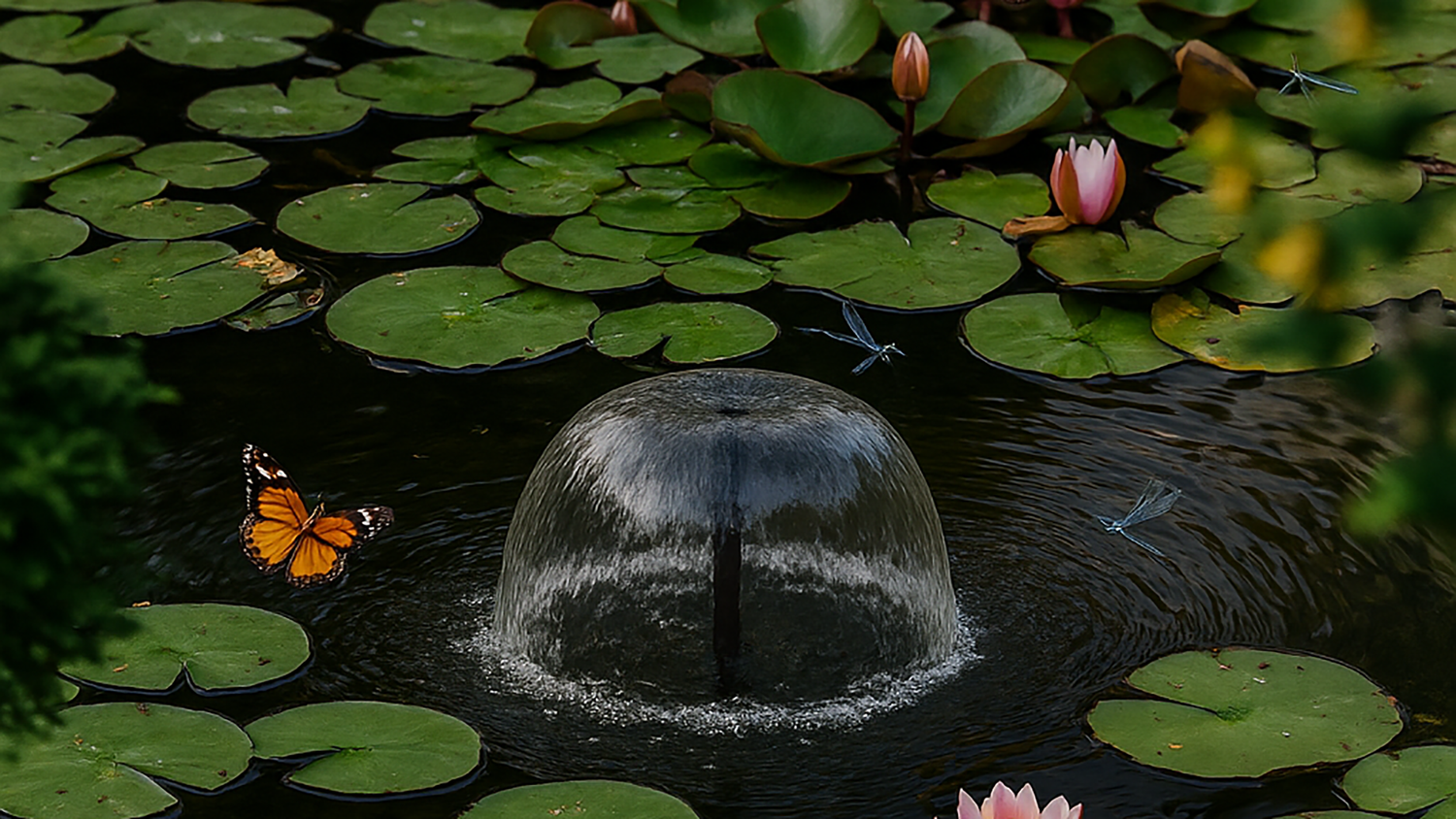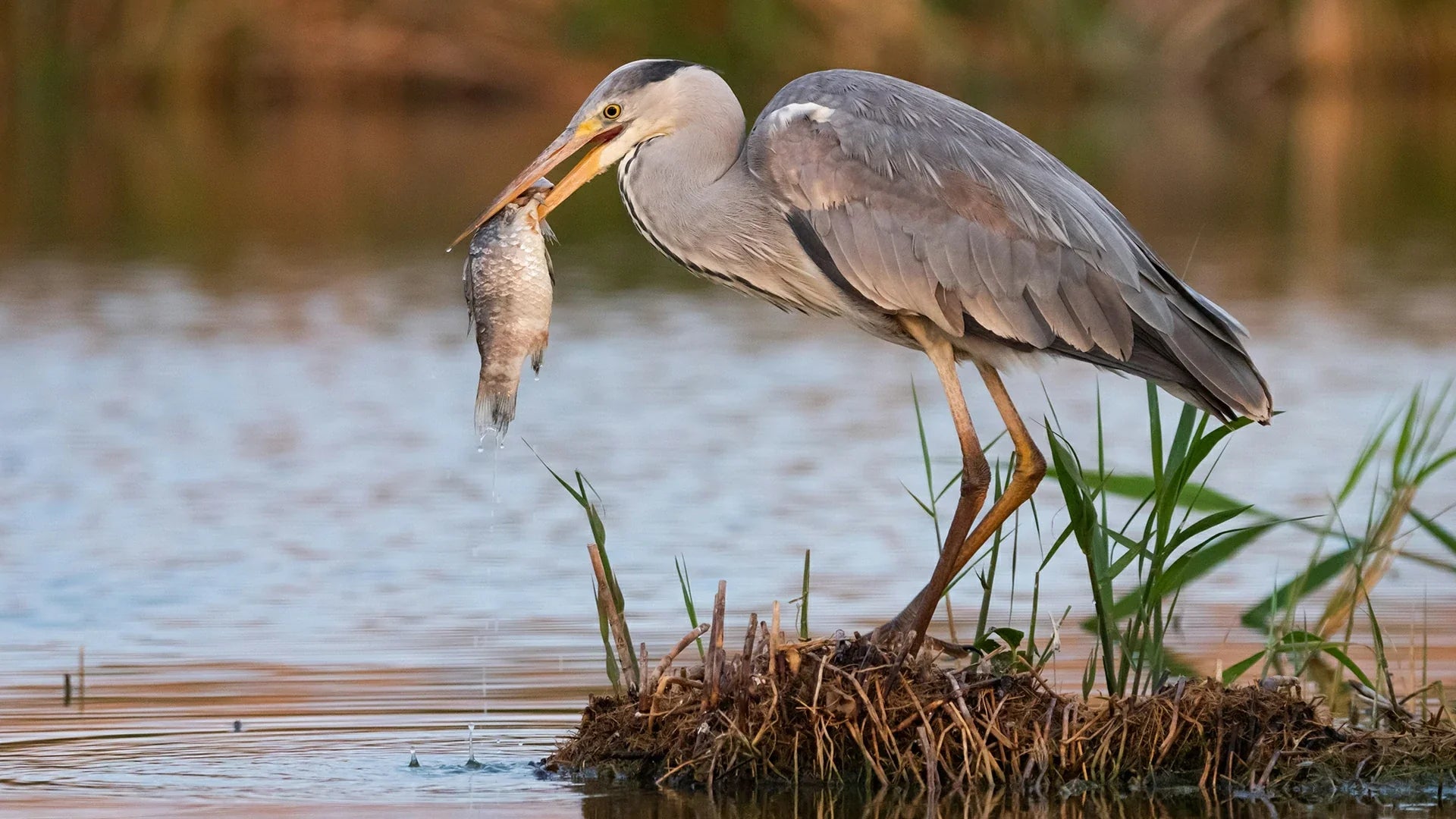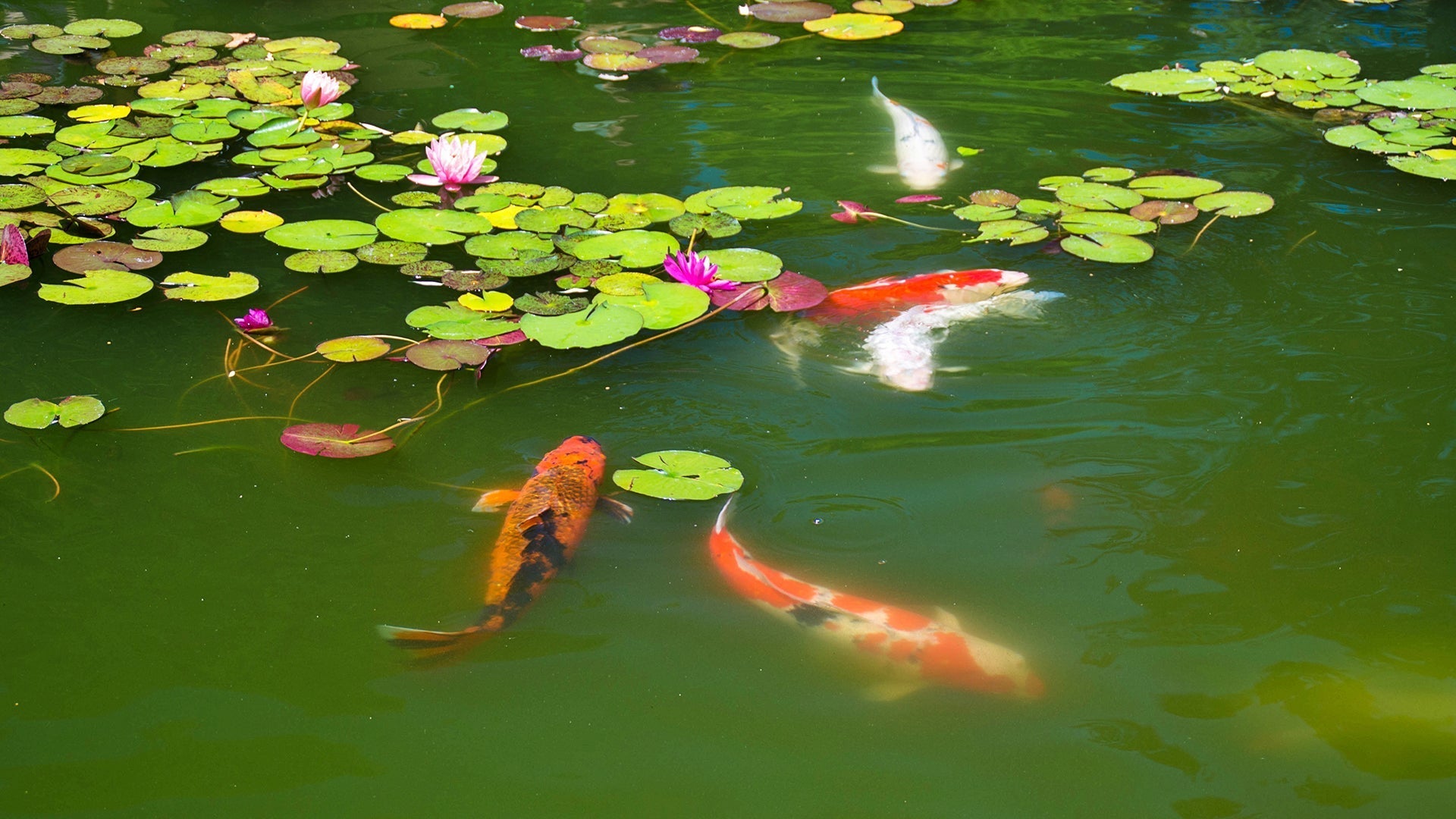If you have ever watched a dragonfly dance above calm water, witnessed frogs popping up after rain, or have heard birds wash in the morning light, you realize that a pond is not just a decorative element—it is a living community. A well-designed wildlife pond turns your garden into a haven for life, calling biodiversity to flourish right at your doorstep.
Now, with expanding cities and declining natural wetlands, developing a small habitat pond in your home can be literally a matter of life and death. With well-designed eco gardens, you can provide shelter, nourishment, and water to wildlife and enjoy the calmness and serenity that water has to provide at the same time. Whether you are a wildlife lover or a gardener wishing to restore the balance, this guidebook leads you through how to build a wildlife pond that will help wildlife throughout the year—using smart, environmentally friendly equipment from the Poposoap range to maintain it clean and healthy naturally.
Benefits of Wildlife Ponds
One of the most satisfying features you can add to your garden is a wildlife pond. Besides its serene beauty, it possesses significant ecological benefits that help support local plants and animals.

A Refuge for Biodiversity
A single pond will attract dozens of species—newts, frogs, and toads to dragonflies, songbirds, and butterflies. There are breeding sites for insects, shelter for amphibians, and a consistent water source for birds. Small ponds also contribute to bringing back declining populations.
Natural Pest Control
Frogs and damselflies that live in the pond eat garden pests such as aphids and mosquitoes, creating a balanced ecosystem that reduces your reliance on pesticides.
Climatic Resilience
Water features are microclimate stabilizers. They warm up in the day and cool down at night, cooling nearby plants during heatwaves and heating them up during cold snaps.
Education and Enjoyment
For families, an animal's pond is a daily dose of nature. Observing wildlife habits encourages environmental awareness and provides a peaceful, meditative experience for adults and children.
Sustainable Beauty
Through the use of Poposoap's solar pond filters and floating fountains, you can enjoy clean water and gentle circulation without electricity or chemical additives—beauty that benefits people and the planet. Creating a wildlife-friendly pond is gardening—more. It's stewardship.
Design Features That Work
Balance is the secret to designing a habitat pond that works for wildlife. Every feature—from depth to edge shape—is responsible for inspiring biodiversity.
Size and Shape
You don't need a large plot to make an impact. A pond as small as 2 meters wide can sustain frogs, insects, and aquatic plants. Irregular shapes of varying depth are more natural pools than perfect circles or squares.
Depth Variation
Include shallow periphery shelves (approximately 10–15 cm deep) and a deeper central section (about 40–60 cm deep). These offer a variety of habitats for species to inhabit—shallow shelves for wading birds, mid-depth for plants, and deep shelves for amphibian wintering.
Water Source and Circulation
Still water promotes stagnation and breeding of mosquitoes, whereas too much turbulence will drive small animals away. The ideal compromise is to install a floating solar fountain like the ones available in the Poposoap line. Solar fountains aerate the surface without disturbing fine plants or larvae.
Substrate and Natural Liner
Apply pond liner with underlay or natural clay to keep the water safe. Add washed gravel and stones to the bottom for ground stabilization and nesting sites. Avoid concrete or metal, as it can alter water chemistry.
Balance between Sunlight and Shade
A mix of shade and light promotes plant growth and prevents overheating. Aim for about 60% sunlight and 40% shade during the day. Supplement with surrounding shrubs or ornamental grasses to allow filtered light and habitat cover.
By design, your pond is no longer a simple cosmetic feature but is now a self-sustaining flourishing habitat.
Safe Zones and Slopes
For wildlife to be comfortable using your pond, safety and accessibility are important. Unlike ornamental ponds, wildlife ponds must include escape channels and shallow slopes.

Gentle Slopes
Sloped sides allow animals—especially frogs, hedgehogs, and birds—to get in and out comfortably. A 30-degree slope or softly pebble-shelved slope would be ideal.
Landing Stones and Logs
Strategically place flat rocks, logs, or driftwood along the edges. Birds alight on these as water and bathing perches, and turtles or dragonflies use them to rest and sun.
Shallow Margins for Invertebrates
Insects like pond skaters and beetles inhabit shallow edges. Poposoap's mini pond kits are perfect for creating these miniature shallows in limited areas like patios or balconies.
Avoid Slippery Edges
Plastic or tiled edges can trap wildlife. Use natural materials like stone or gravel, which provide traction and simulate natural shores.
Children and Pet Safety
If you have children and/or pets in your garden, install a concealed mesh screen just below the water's surface or make your pond shallow in play areas.
Safe design will truly make your animal pond very friendly, allowing animals to safely drink, bathe, and breed.
Plant and Animal Coexistence
Wildlife ponds are dependent upon plants as their basis. Plants add oxygen to the water, absorb nutrients, and form hiding and breeding sites for countless animals.

Aquatic Plants
Include a mix of submerged, floating, and marginal species. Submerged plants like hornwort and elodea release oxygen; floating species such as water lilies create shade; and marginals like irises or pickerelweed offer perches for insects and protection for tadpoles.
Avoid Invasive Species
Stick to native plants whenever possible. Non-native species like water hyacinth can overgrow quickly and choke out other life.
Balance of Coverage
Aim for 50% or so plant coverage on the pond surface to keep oxygen levels healthy and inhibit algae bloom.
Animal Companions
If you do have fish, select smaller, non-predatory species such as minnows that will not disturb amphibian populations. Alternatively, leave your pond free of fish to allow for natural maintenance of frogs and newts.
Integrated Systems
To maintain water circulating and clean, but not agitating environments, install a Poposoap solar pond filter and a floating fountain. The filter takes care of debris and algae, and the fountain produces gentle aeration. Both are solar-operated, keeping your ecosystem chemical-free and nature-friendly.
When plants, animals, and water run smoothly in harmony, your pond is a living tapestry—its look ever-changing, yet always harmonious.
Needs of Wildlife in Seasons
An actual eco garden landscape assists wildlife all year around. Each season poses unique requirements—and a well-planned pond naturally adapts to varying conditions.
Spring:
It is breeding season for frogs, toads, and dragonflies. Keep the water level constant and avoid cleaning too heavily. Introducing Poposoap's gentle solar pond aerators maintains oxygen levels without disturbing eggs or larvae.
Summer:
As the heat increases, evaporation is maximized. Use pond water and preserved rainwater to avoid chlorine contamination. Shade plants and floating lilies cool the water.
Autumn:
An overload of nutrients due to autumn leaves can cause algae blooms. Skim debris on a weekly basis and add a floating net for low-maintenance. Many animals will begin overwintering in pond mud, draining or hard cleaning being prevented.
Winter:
Avoid the pond freezing solid—leave a small gap in the ice for aeration. If you have a solar fountain, store it indoors once frost sets in, under the same winter care regime outlined in Poposoap's Product Manual.
Seasonal thinking during design ensures your pond to be a reliable refuge throughout all phases of the year.
Monitoring Biodiversity
A thriving habitat pond is dynamic, changing season by season and the plants and wildlife that inhabit it. Monitoring lets you see what's working—and where your system may need an adjustment.
Keep a Wildlife Log
Write down which species you see visiting or breeding at your pond during each month. Over time, trends will become apparent, and you can make fine adjustments to design—i.e., adding new plants or adjusting depth—to attract more variety.
Monitor Water Quality
Clear water with active movement indicates a balanced ecosystem. Cloudy or stagnant surface on the top indicates that trash is in your pump or Poposoap solar filter.
Balance the Ecosystem
Don't over-intervene. Rot, insects, and algae are all natural parts of the cycle. Remove excess waste only when it impacts water flow or clarity.
Encourage Community Science
Spread your discoveries with neighbors or local schools. Backyard data inform scientists about biodiversity and climate effects throughout areas.
Renew and Replant Occasionally
Split crowded plants every two to three years and clean out debris from the bottom. This rejuvenates the pond's nutrient cycle without destroying habitats.
By observing and gently tending, you become not only a gardener but a steward of a healthy micro-habitat.

Final Thoughts
A wildlife pond is not merely a decoration—it's a heartbeat for your garden. It opens the door to nature, supports tender ecosystems, and creates moments of wonder that tie you to the world beyond your threshold.
By following eco-friendly methods and incorporating Poposoap solar fountains, filters, and aerators, you can enjoy a clean, balanced pond without electricity and chemicals—both lovely and environmentally friendly.
Every ripple, every reflection, and every creature that visits your pond tells a story of balance and renewal. In building your own eco garden design, you’re not just decorating your backyard—you’re rebuilding a piece of nature’s puzzle, one drop of water at a time.





Leave a comment
All comments are moderated before being published.
This site is protected by hCaptcha and the hCaptcha Privacy Policy and Terms of Service apply.